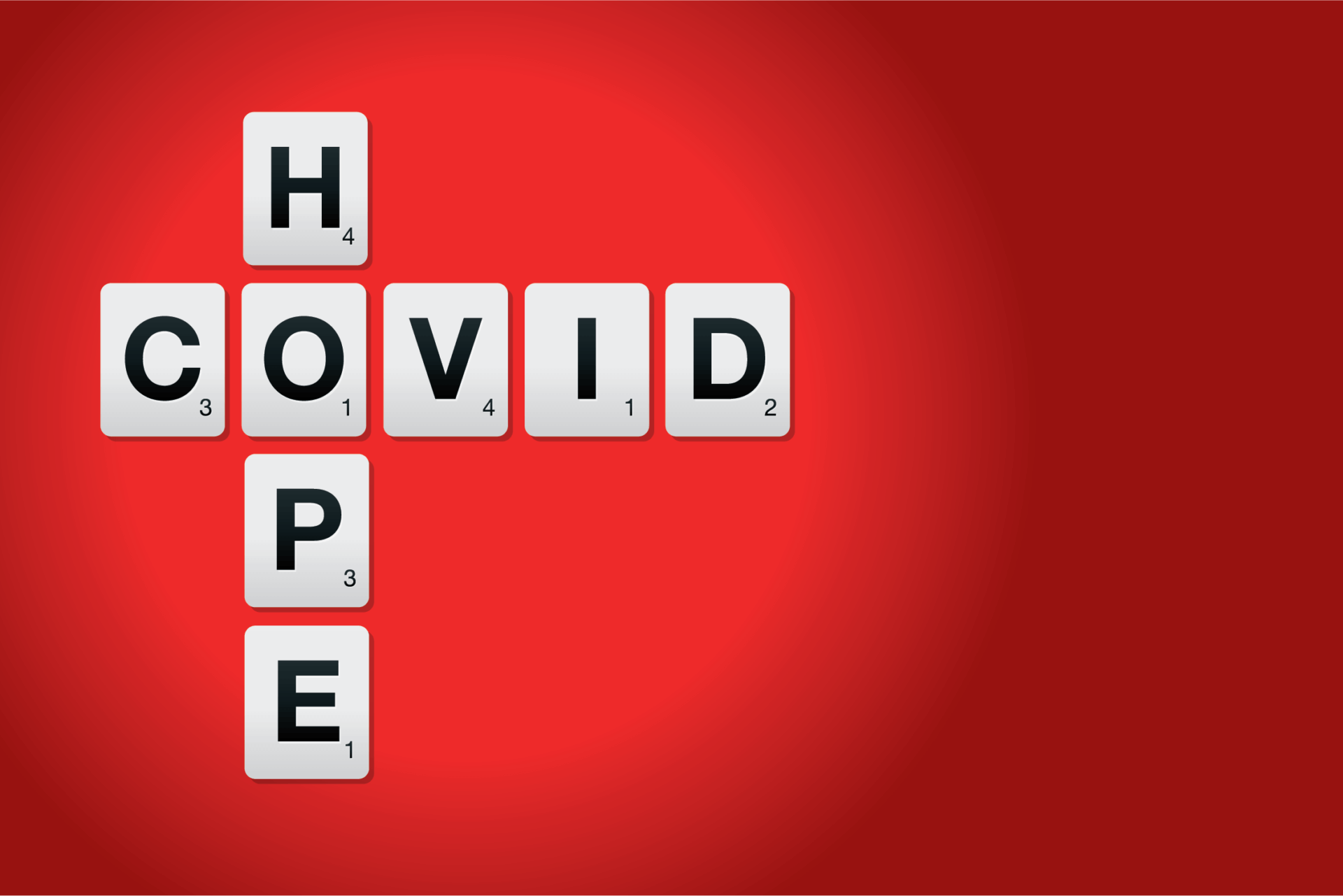October 8, 2020
The Three Phases of COVID-19

As we continue to learn more about COVID-19 and its associated virus, SARS-CoV-2, it is turning out that there are 3 distinct phases, each with its own prevention and treatment.
Phase 1
Phase 1 is prior to infection, and the goal is to avoid the virus and keep the immune system supported in order to avoid infection. Here are a few suggestions:
- Basics, such as N95 mask while in public, avoid indoors as much as possible (most infections occur from indoor rather than outdoor interactions), hand washing, no direct contact with others, etc. It is also critical to keep your resilience, with exercise, optimal sleep, avoiding depression and isolation, and continuing a nutritious diet.
- AHCC 3-6g/day. This is from mushroom extract, and enhances helper T-cell function (CD4 cell function).
- Vitamin A 10,000 IU every other day.
- Vitamin C 1g/day.
- Vitamin D 2000 IU to 10,000 IU per day (include vitamin K2 at least 100 mcg).
- Zinc 30-50 mg per day (zinc picolinate or other zinc formulation), with quercetin for improved cellular absorption.
- Echinacea from Gaia, 1 dropper 2 times per day. (Don’t use Echinacea more than 8 weeks; in some it can have long-term liver toxicity.)
- N-acetylcysteine 1200 mg or liposomal glutathione 250 mg twice per day.
- Alpha-lipoic acid or R-lipoic acid 1200-1800 mg per day.
- Beta glucan 250-500 mg per day.
- Some also use high-dose melatonin.
These provide support for the immune system, and reduce the risk of developing viral infections.
Phase 2
Phase 2 is early after infection, when the goal is to prevent viral replication and maturation. This is where physicians have claimed anecdotal success with the combination of hydroxychloroquine (which has largely fallen out of favor, with trial data failing to support its use) and azithromycin (the failed trials have typically used this combination late rather than early in infection). Remdesivir has shown some degree of success. The increase in coagulation that often accompanies COVID-19, and can lead to stroke or other vascular events, is often prevented with low-dose heparin.
Phase 3
Phase 3 is late after infection, when the underlying problem is cytokine storm, the hyper-activation of the innate immune system, with severe inflammation. Therefore, the goal is to reduce the inflammation, and some have used montelukast, dexamethasone, or combination anti-inflammatories for this. Recent work using supercomputer analysis of gene expression has led to a new hypothesis, that bradykinin (an inflammatory mediator that leads to leaky blood vessels) plays a central role in COVID-19 pathogenesis; therefore, ongoing studies are evaluating inhibitors of bradykinin and its downstream pathways.




